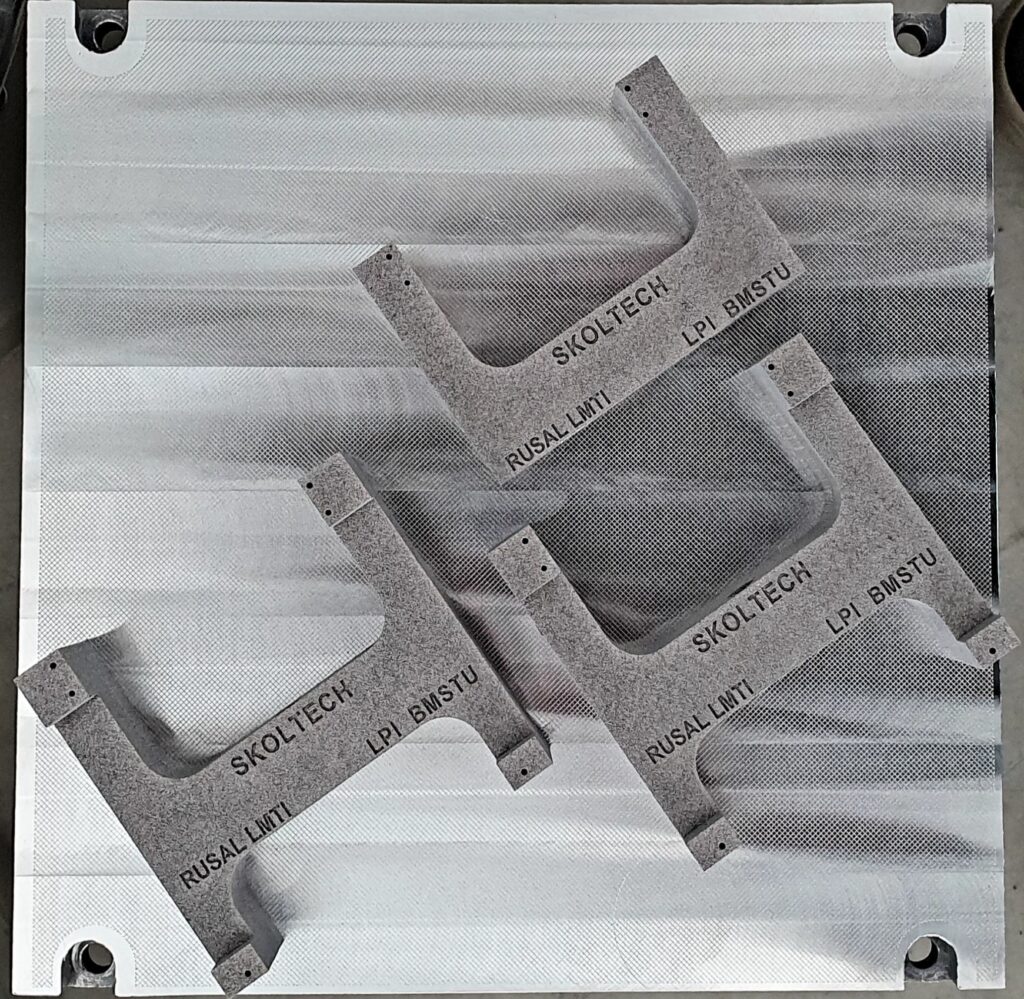
UC Rusal produced an 3D-printed aluminum casing, which has been successfully implemented in a Yarilo satellite launched into space in 2020. The satellite’s mission is to explore and monitor the sun and weather variations in space.
The development of the 3D-printed thermoregulatory casings was a joint project carried out by Rusal’s Institute of Light Materials and Technologies (ILM&T), the Bauman Moscow State Technical University, the Lebedev Physical Institute of the Russian Academy of Sciences, and the Institute of Nuclear Physics of Moscow State University.
The thermoregulatory casing of the gamma-ray detector is a critical component of the satellite, preventing overheating of the main equipment and ensuring its stable operation. The design of the casing was based on a new aluminum powder alloy developed by specialists at the ILM&T. The RS-333 aluminum powder alloy provides a solution for the issue of low technological efficiency when printing with aluminum alloys, ligated by magnesium and silicon. These alloys, meanwhile, have good thermal conductivity and high solidity.
Based on this alloy, the Skolkovo Institute of Science and Technology developed and optimized the component for 3D-printing, ensuring that the casing provides the temperature regulation required for it to effectively function. The casing was then 3D-printed in the Additive Production Centre at the ILM&T.
Following ground tests, the 3D-printed casing was then installed onto one of the two Yarilo research satellites. Operation in space has demonstrated that the new net structure of the casing produced with a new high-heat-conducting alloy achieved through 3D printing allowed a 20% weight reduction. It also achieved a 25% increase in heat flow, which is the main indicator of the effectiveness of parts involved in thermal regulation.
“Testing additive technologies in space is a unique opportunity to showcase the prospects and reliability of using aluminum alloys and 3D printing in creating such an important node, on which the stable functioning of the entire unit depends,” said Victor Mann, chief technical officer at Rusal. “We are confident that this experience will be useful not only for expanding the implementation of 3D-printed parts in scientific research, but also for practical application in numerous high-tech industries such as automotive, computer manufacturing, home appliances, and mechanical engineering.”
